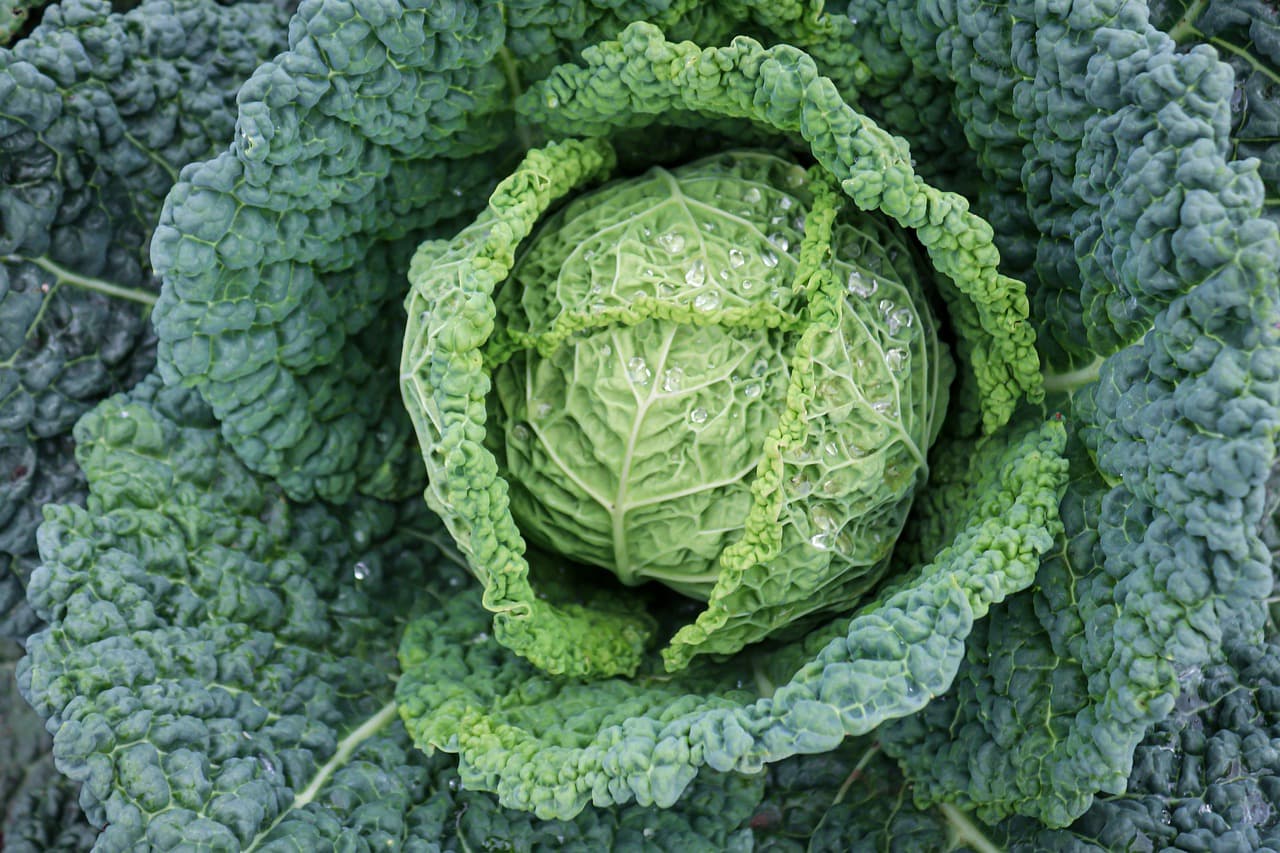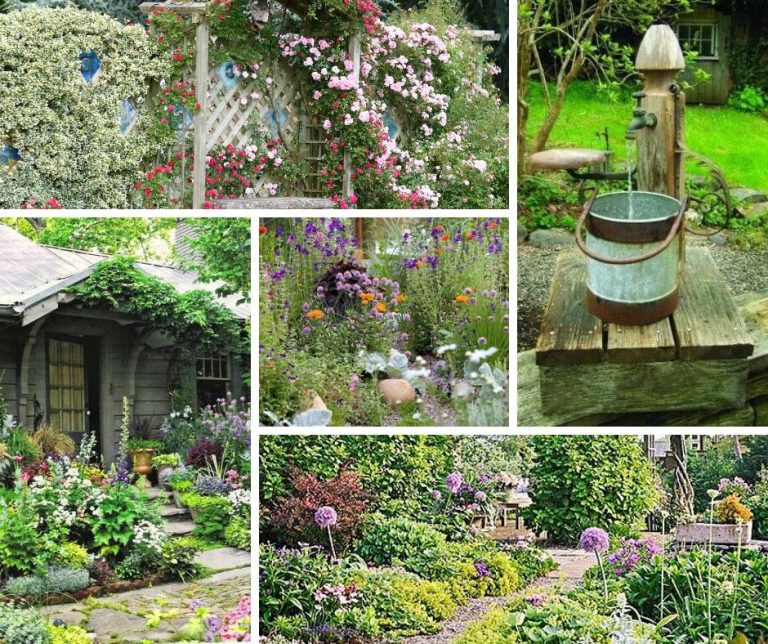Veggies You Can Easily Grow in Your Garden
A lot of people think that there is nothing complicated about growing vegetables. They think that gardeners have to spread seeds on the ground, pour some water regularly, and wait for vegetables to ripen. However, the truth is that planting is not as effortless as it seems to be. Those who crop veggies have to consider the unique peculiarities of every sort to succeed in cropping.
If you’re not an experienced gardener who knows everything about soil types and growing methods, getting started with easy-to-grow veggies is recommended. By sowing the vegetables from the list below, you won’t be required to spend a lot of time taking care of plants. Also, you will have a high success rate, though you may lack knowledge and experience.
Table of Contents
Lettuce
Green and crispy lettuce leaves are widely used in different dishes. It is the best veggie to get started. You can easily grow them in your garden with no hassle, so you will always have the ability to make a salad using self-grown lettuce leaves. All that you need is to sow the seeds in a garden bed and sprinkle some water. There is a large assortment of lettuce types. You can easily grow vegetables of different colors, from light green to dark red. Also, the form of the veggie can be different. The most popular lettuce types are:
- Leaf Lettuce;
- Iceberg Lettuce;
- Boston Lettuce;
- Arugula.
Note, it grows slowly, so don’t expect fresh leaves to appear in a few days. On average, it is required from 6 to 8 weeks to get the first crop ready. This vegetable can be grown in almost any climate, while the temperature ranges from 45 to 75 degrees Fahrenheit. If the climate is warmer, you will need to shade lettuce and pour a larger amount of water so that the soil will remain hydrated.
Green Beans
Green beans are a perfect pick for a rookie gardener. There is no need to take care of the soil before planting this vegetable. They fix nitrogen so that you can put seeds even in poor soil without a doubt. It’s recommended to plant them when the weather is warm. The plants might not survive frost even if it lasted for one night only.
Note, you should keep the required density of seeds. Otherwise, some bushes may grow small. After planting seeds, you will be required to water them once a week. Also, it’s recommended to install poles so that the bushes will crawl up, resulting in larger crops. However, poles are not a crucial requirement. You will also get a lot of green beans from small bushes that lay on the ground. The process of picking beans from vines needs people to be attentive to details. It’s vital to pick beans of the perfect size. Otherwise, they can become tough.
The entire process helps get distracted from burdening tasks and refreshes the mind. Being a student, don’t hesitate to pay for homework and get into growing beans. It will bring some calmness to your life and help you relax.
Carrots
Carrots are unique plants that can be grown with ease. This vegetable needs low maintenance. All you need to do is follow simple rules to get successful in growing carrots. The plants can survive frost, so there is no need to expect the best weather to start sowing.
Also, they can grow in sandy and poor soil, which is not good for most vegetables. Sow carrots anytime from March to August. However, the best time for sowing is from April to July if the climate is moderate. If you water your plants regularly, you can harvest carrots in about ten weeks. However, do not expect to get perfect carrots. In most cases, they are deformed or small.
If you want to get straight and well-developed carrots, you have to fix the soil before sowing. You need to make sure that there are no rocks, even if they are small. Feel free to create raised garden beds and fill them with good-quality soil and fertilize it if needed. Also, you need to avoid overcrowding. Carrots should have enough space to grow big.
Potatoes
If you don’t want to hassle with growing vegetables, plant potatoes in your garden. Feel free to dig rows and put seed potatoes. The recommended distance between plants should be about 3 inches. Then, scoop the soil back to cover the potatoes and pour some water. You have to sow plants in February or March, depending on the climate in your region. You need to make sure that the danger of frost is over to keep your plants safe.
Worth noting, the yield depends on the quality of the soil. Therefore, if you want to have a great harvest, it’s recommended to fertilize the soil and keep it hydrated. The first shots of the vegetable appear in two to three weeks. The potatoes become ready to harvest from July to September. Feel free to dig potatoes out when they reach the desired size.
Gardening is interesting if you have a real desire to get into it. Also, it’s awesome to prepare vegetables grown in your backyard. Gardening is simple, so you can get a good yield easily if you sow the veggies from the list above. If you succeed with growing them, feel free to learn more about gardening and try growing tomatoes, cucumbers, onions, or sweet corn.







